In an interview with IMAGO photographer Saeed Qaq, The Game Magazine turns the focus on the press's valiant efforts in the heart of the conflict zone in Israel and Palestine. We spotlight those brave souls like Saeed who put themselves in harm's way to deliver essential images and narratives to the world. Read his firsthand accounts directly from the heart of the battlefield.
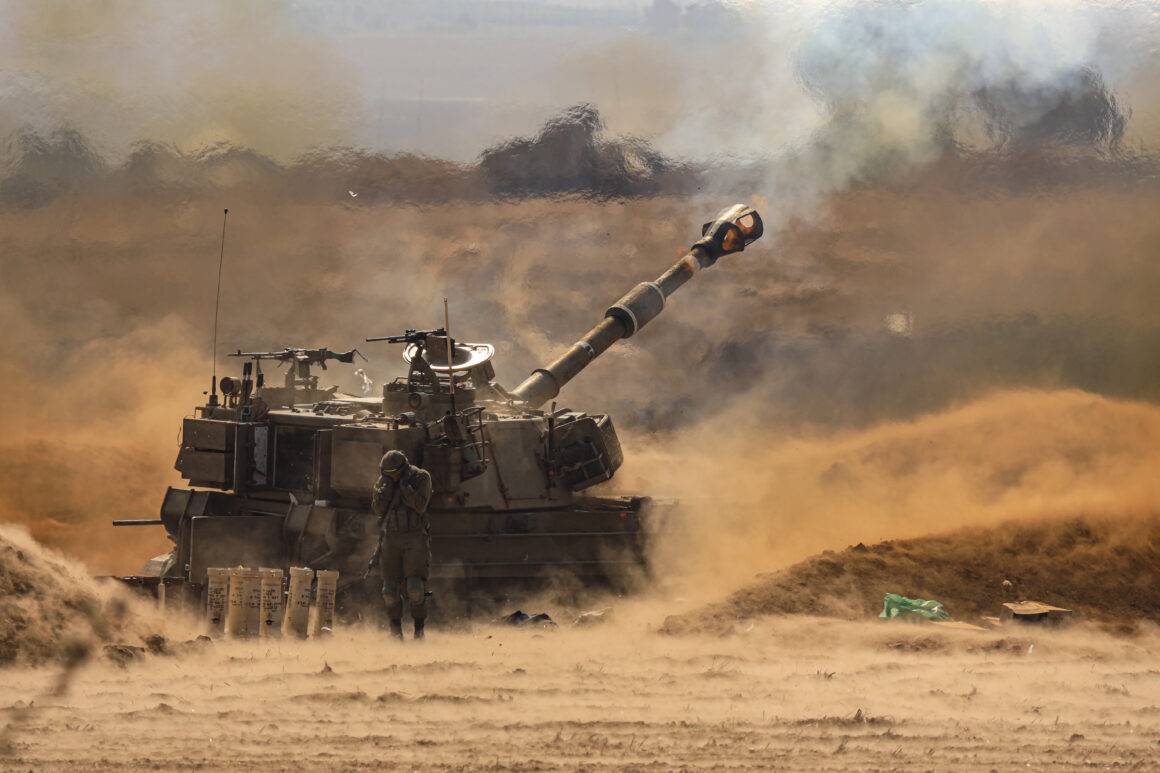
In an Interview with Saeed Qaq: The Israel-Hamas Conflict and Safety Concerns for Journalists and Photojournalists

In every conflict, photographs and videos offer a window into the often complex and multifaceted realities on the ground. As tensions rise again in the Middle East between Israel and Hamas, we’ve been inundated with countless photos capturing the brutal events of the escalating conflict in Palestine and Israel. These images have kept us informed, allowing the world to witness the intensity of the situation.
Yet, behind every photo, video, and report lies an untold story of risk and courage. Behind these visuals are dedicated photographers and journalists who brave dangers to provide firsthand accounts for global audiences. Tragically, since the conflict intensified a few days ago, 23 journalists and photojournalists have lost their lives, as reported by the Committee to Protect Journalists, with many more missing or injured.
In this series for The Game Magazine, we shine a light on the press’s endeavors in the heart of the conflict zone, highlighting the individuals who continually place themselves in the line of fire to deliver vital images and stories to the world. We aim to shift the focus from behind the scenes to the forefront: What challenges do these storytellers face? How do they navigate the constant threats to their safety? How is the safety of the press perceived and prioritized? Is there a concerted effort to shield journalists from harm, and is such an effort even feasible?
Leading our series is an interview with IMAGO photographer Saeed Qaq. Based in Jerusalem, Saeed has been on the front lines since day one. He took time in moments of safety to share his experiences. Read his firsthand accounts directly from the heart of the battlefield.
“The overall situation regarding the safety of journalists is very concerning. Both sides have lost many journalists who were attempting to convey the truth without bias or distortion.” – Saeed Qaq.
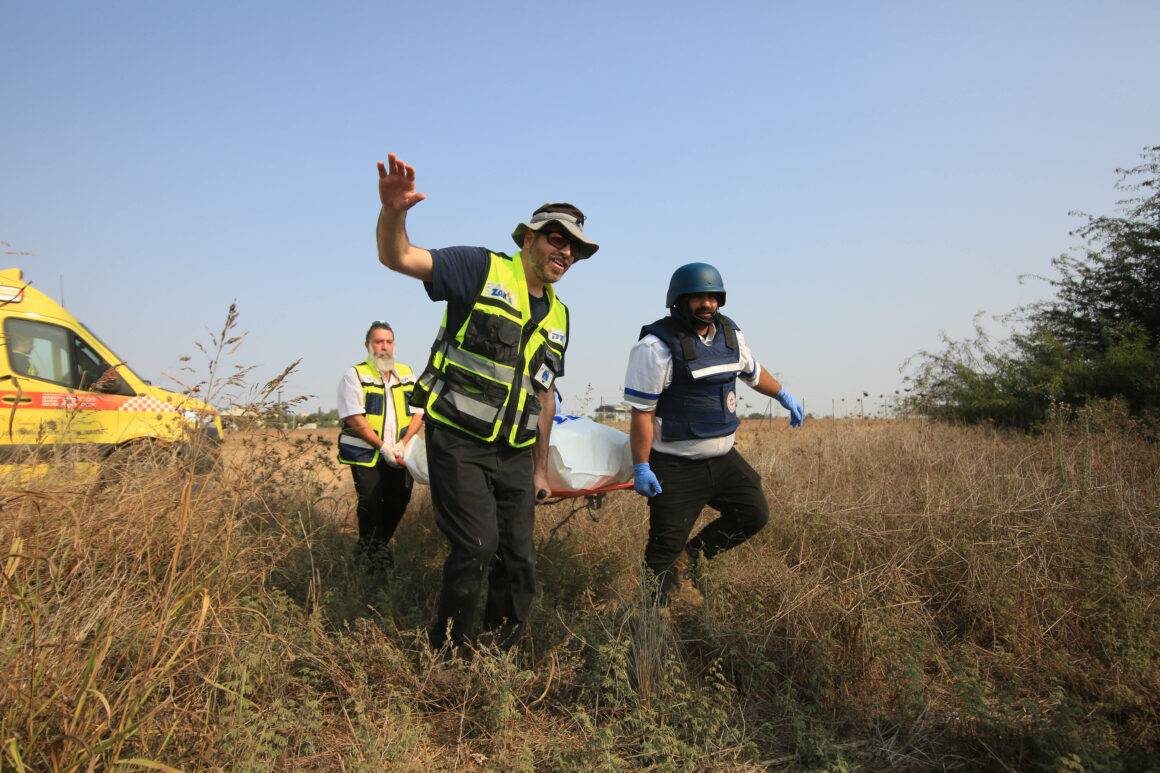
Can you briefly introduce yourself and share how you ventured into war photography?
My name is Saeed Qaq, and I am from Jerusalem. I have been working as a photojournalist since 2008, covering various conflicts, especially the Israeli-Palestinian conflict. Venturing into war photography was a conscious decision driven by a commitment to truth-telling and a belief in the power of visual storytelling to evoke empathy and understanding.
What initially drew you to this line of work, considering the inherent risks involved?
What drew me to this line of work initially was a deep sense of empathy and a strong desire to shed light on the untold stories of people affected by conflict. I firmly believe in the power of visual storytelling to create understanding and empathy among people. The ability of photographs to capture the raw emotions and struggles of individuals in war-torn areas is unparalleled.
While the risks are undoubtedly significant, my decision was fueled by a moral obligation to bear witness to the suffering of others. I felt that the stories of those living amidst conflict needed to be heard and seen by the rest of the world. I wanted to contribute to a greater understanding of the human cost of war, hoping that by showcasing these realities, I could prompt meaningful conversations, inspire change, and foster compassion and solidarity among people.
Despite the dangers, the importance of telling these stories and raising awareness about the human impact of conflicts has always outweighed the risks for me. My commitment to truth-telling and my belief in the power of photographs to drive social change have been the driving forces behind my work in war photography. It is my hope that by documenting these stories, I can contribute to a broader conversation about peace, justice, and the importance of preserving human dignity, even in the face of unimaginable challenges.
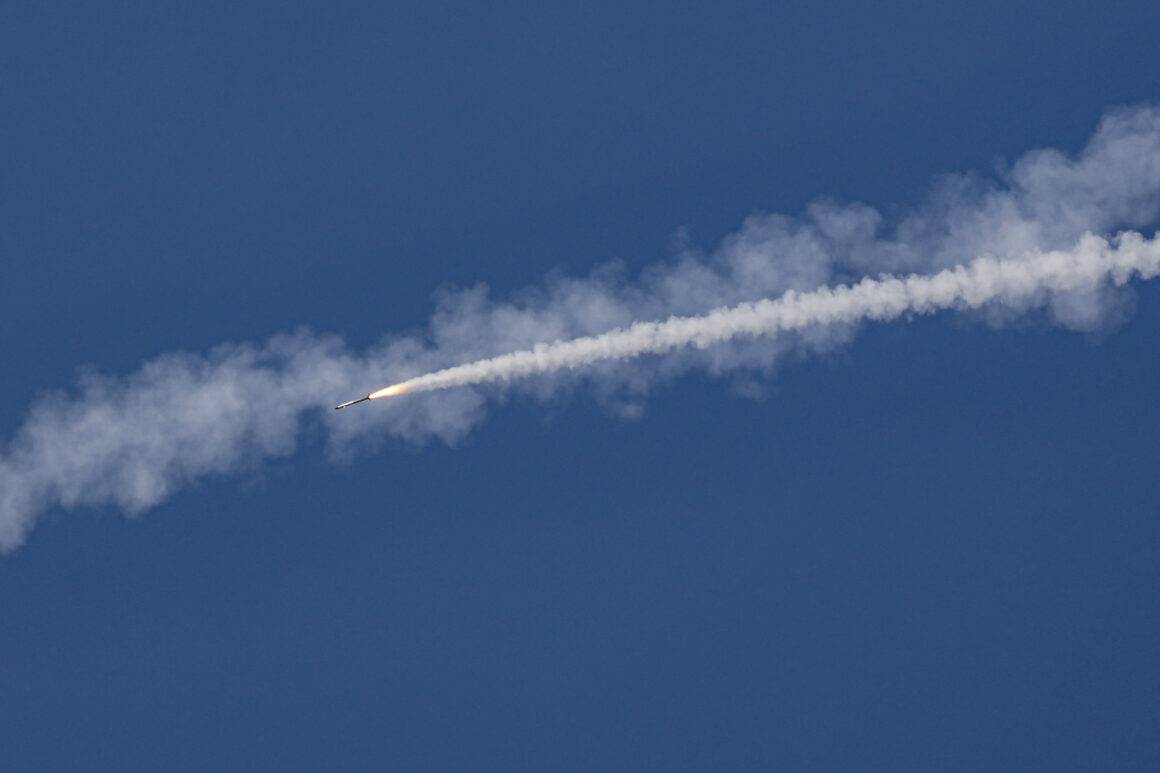
Can you briefly describe the current state of the conflict from a safety perspective for the press?
The overall situation regarding the safety of journalists is very concerning. Both sides have lost many journalists who were attempting to convey the truth without bias or distortion. Unfortunately, in this conflict zone, we are not in a secure position for coverage, especially our colleagues in Gaza.
Are there collaborative efforts between different organizations to ensure the safety of journalists and photographers?
Yes, there are collaborative efforts between different organizations to ensure the safety of journalists and photographers, especially in conflict zones. Many international organizations, such as the Committee to Protect Journalists (CPJ), Reporters Without Borders (RSF), and the International Federation of Journalists (IFJ), work tirelessly to advocate for the safety of journalists worldwide. These organizations often collaborate with each other, governments, and local press freedom organizations to raise awareness about the risks faced by journalists and photographers. They provide training, resources, and support to journalists, enabling them to work more safely in challenging environments. Additionally, these organizations often campaign for legal protections for journalists and fight against impunity for crimes committed against media professionals.
Furthermore, media outlets, both large and small, often collaborate with non-governmental organizations (NGOs) and international bodies to ensure the safety of their journalists. Journalists’ safety is a global concern, and collaborative efforts play a crucial role in addressing the challenges faced by media professionals, promoting press freedom, and protecting the freedom of speech.
What safety measures do you employ on a daily basis to ensure you stay safe in this conflict zone?
There are many elements, but I will name some of them here: the first one is risk assessment. Assessing the situation and potential risks before entering a conflict zone. This includes understanding the political climate, recent events, and specific risks related to the area they plan to cover. Let’s not forget about the local contacts. Establishing reliable contacts and networks within the local community can provide valuable information and protection.
Wearing appropriate safety gear such as helmets, body armor, and gas masks can provide a level of protection in dangerous situations. So, we need protective gear. Travel planning is important too. Planning routes and informing colleagues or trusted contacts about travel plans can be crucial. Avoiding predictable patterns of movement can reduce the risk of being targeted.
Crisis response plan. Having a clear plan for emergencies, including evacuation procedures and contacts for local authorities or embassies, is essential. In addition, covering conflicts can be mentally and emotionally challenging. Many journalists seek counseling or support to deal with the psychological impact of their work. Mental health support is very important for us.
What kind of challenges are you facing the most these days in covering this conflict?
The challenges we face as journalists in conflict zones often include physical dangers such as violence and injury, restrictions on movement and access to information, censorship, threats to personal security, and psychological stress due to exposure to traumatic events.
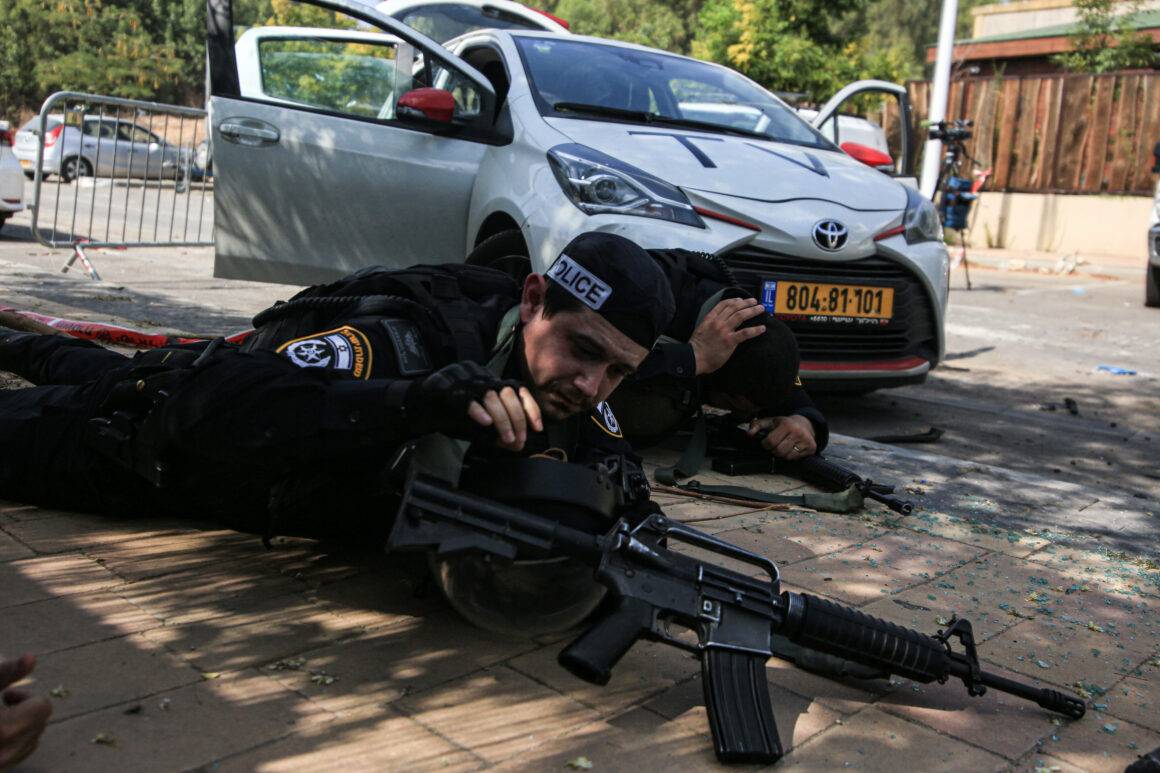
How do you make decisions about where to be, especially when conditions are unpredictable?
Based on a range of factors, including: Research: I conduct extensive research to understand the conflict, the parties involved, the geographic terrain and the areas most affected by the conflict. This research helps identify key locations for coverage.
Local Contacts: I often rely on local contacts, installers or colleagues who have local knowledge and can provide valuable insights into the current situation and potential risks.
Security Briefings: Preparing all security briefings provided by experienced professionals. These briefings provide up-to-date information on the dynamics of the conflict area, recent events and areas to avoid.
Risk Assessment: Conduct a comprehensive risk assessment, assessing potential risks in specific areas. This assessment includes consideration of the presence of armed groups, recent incidents, and the political climate.
Communication with colleagues: I often communicate with my colleagues in the field, and we exchange information and ideas. Collaboration between journalists is essential to stay informed of the latest developments.
Adaptability: We, as photographers, need to be flexible and adaptable. I constantly monitor the situation and am prepared to change my position based on current events. This ability to adapt is crucial when conditions are unpredictable.
Government and NGO Warnings: We often hear travel warnings issued by governments and international organizations. These warnings provide valuable information about the safety of certain areas.
Experience and intuition: I rely on my intuition and previous experiences to evaluate situations. Years of working in conflict zones have provided me with a certain level of understanding about when to move forward and when to withdraw.
Despite all the preparation, working in unexpected circumstances always carries risks. Journalists in conflict zones must balance the need for coverage with their safety, and I often make split-second decisions based on evolving circumstances to minimize risk as much as possible.
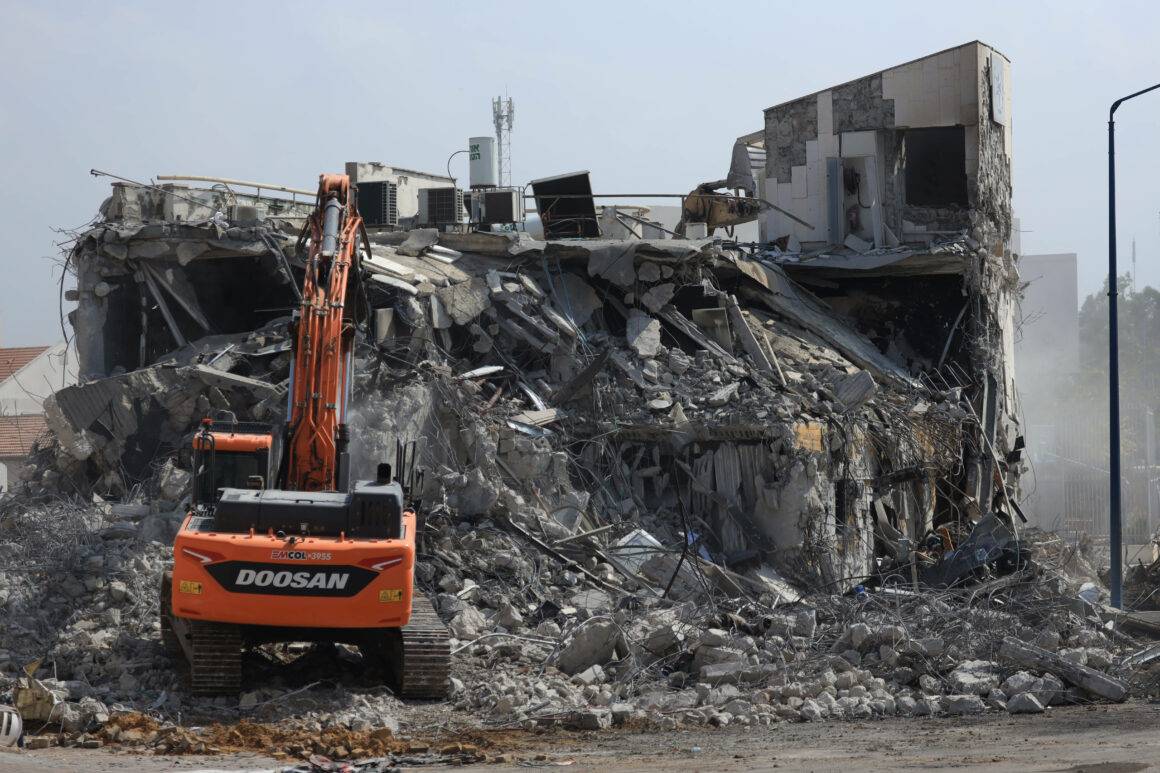
How do you see the role of war photographers in the broader context of journalism and global awareness?
There are multiple roles, in my opinion. One is raising Awareness. Their work raises awareness about the harsh realities of war. These images bring the distant realities of conflicts into the living rooms of people around the world, creating a visceral connection that can motivate action, empathy, and understanding.
War photographers provide a powerful visual narrative of conflicts, capturing the human impact of war through their images. These photographs can convey the emotions, struggles, and resilience of individuals and communities affected by conflict in ways that words alone often cannot.
Another one is Accountability. War photographers often capture images that hold individuals, organizations, or governments accountable for their actions during conflicts. These photographs serve as evidence of atrocities, human rights violations, and the consequences of war crimes.
Also, Catalyst for Change. Powerful images can galvanize public opinion and lead to social and political change. They can inspire movements, influence policies, and encourage humanitarian aid and intervention.
War photographers document significant historical events, preserving visual records for future generations. These images become important historical artifacts that provide insights into the past and help societies learn from history. So, Preserving the Historical Record is also important.
Another crucial point is Cultural Understanding. War photography can bridge cultural gaps by humanizing people from different backgrounds. It fosters understanding by showing common aspects of humanity, even in the face of conflict. And of course, Advocacy! War photographers often collaborate with NGOs and advocacy groups, using their images to support various humanitarian causes, including refugee rights, healthcare, and education in conflict zones.
After all, it can be an educational tool. These photographs serve as powerful educational tools, prompting discussions in classrooms and beyond about the complexities of conflict, the human cost of war, and the importance of peace.
In essence, the work of war photographers enriches the global understanding of conflicts, influences public opinion, and advocates for a more compassionate and just world. Their images are a testament to the resilience of the human spirit in the face of adversity, reminding us of our shared humanity and the urgent need for peace and understanding in our world.
Would you like to add something?
Certainly, I’d like to emphasize the importance of supporting and respecting the work of journalists, including war photographers. Their dedication to truth-telling and their bravery in the face of danger often bring critical issues to light and contribute significantly to global awareness and understanding. It’s crucial for societies to uphold press freedom, protect journalists, and acknowledge their vital role in shaping public discourse. Additionally, as consumers of news, being critical thinkers and seeking diverse perspectives can contribute to a more informed and empathetic global community.
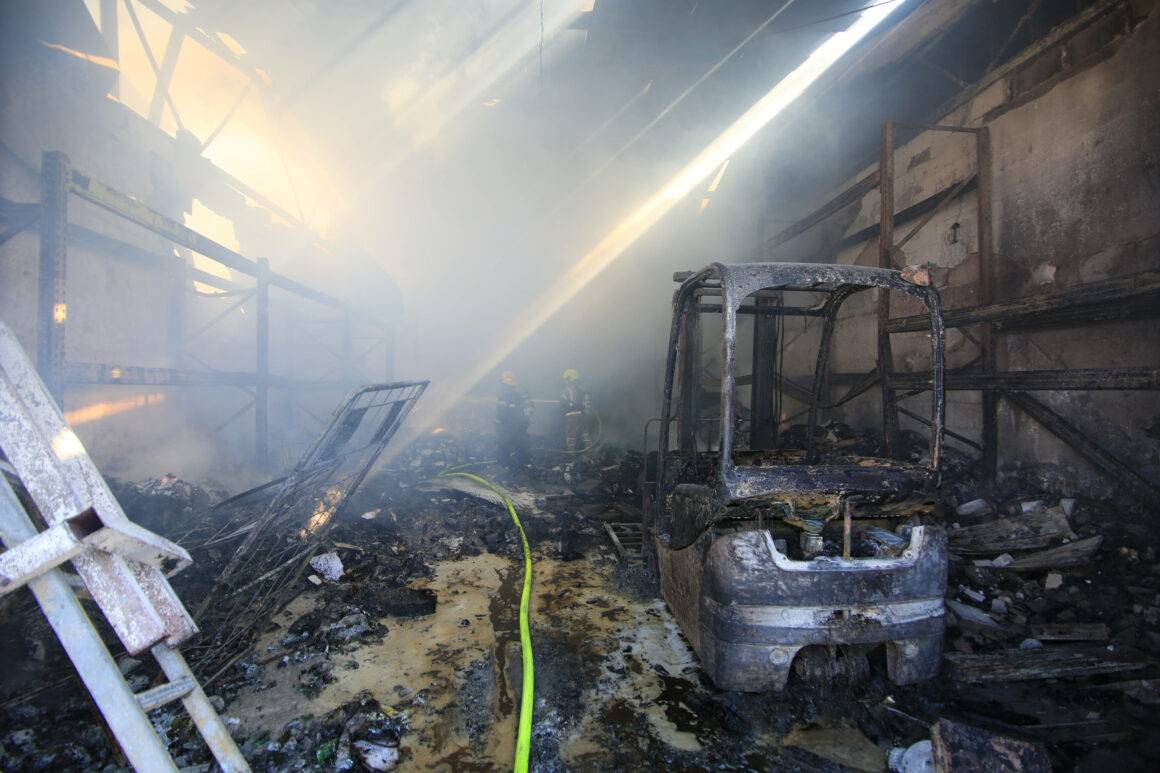



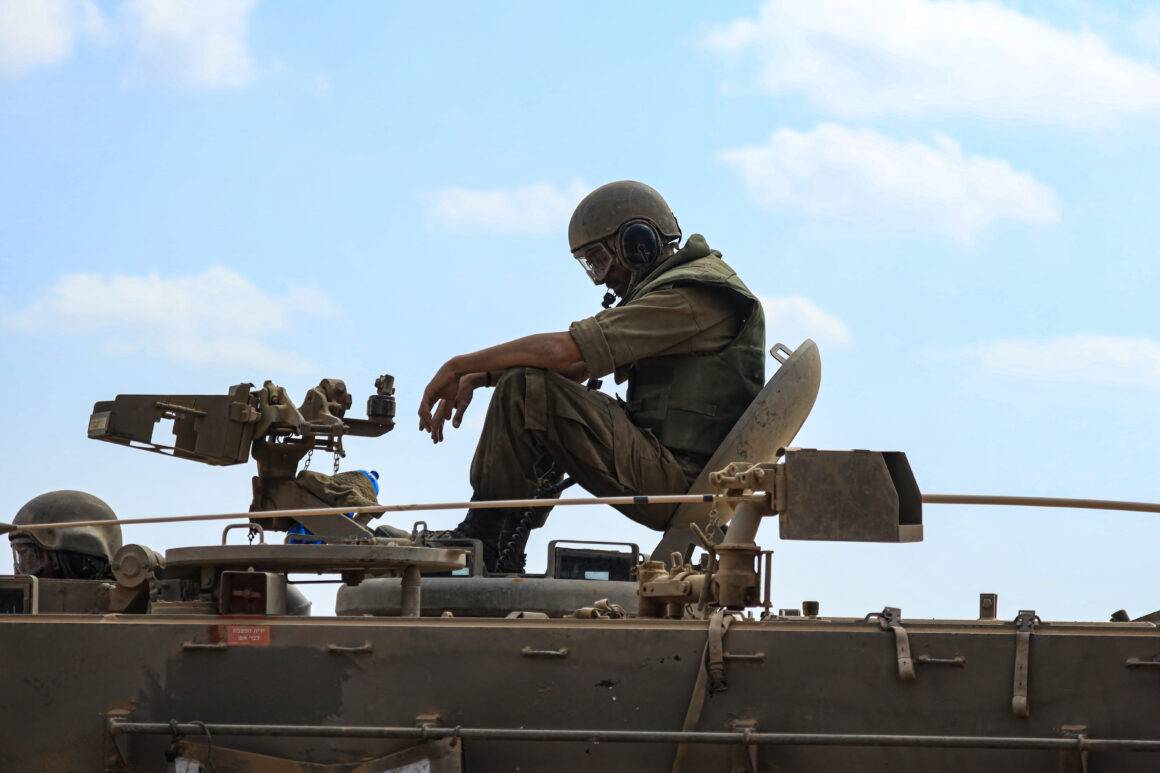

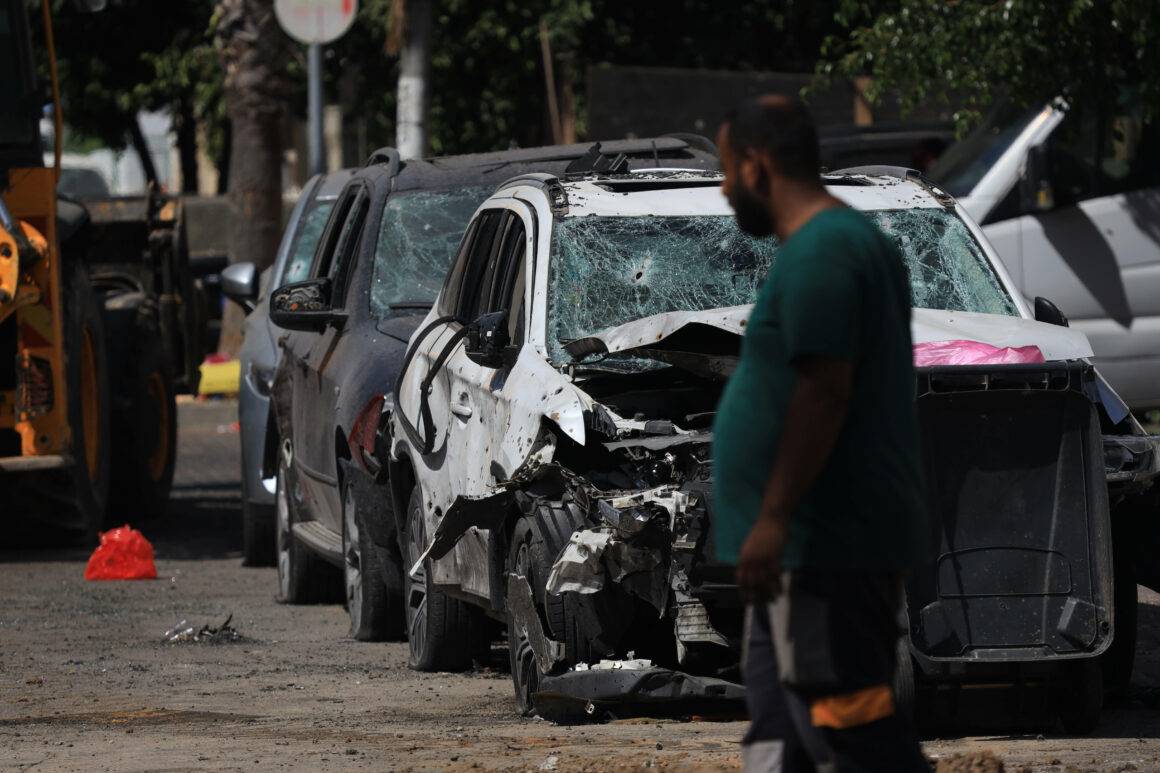
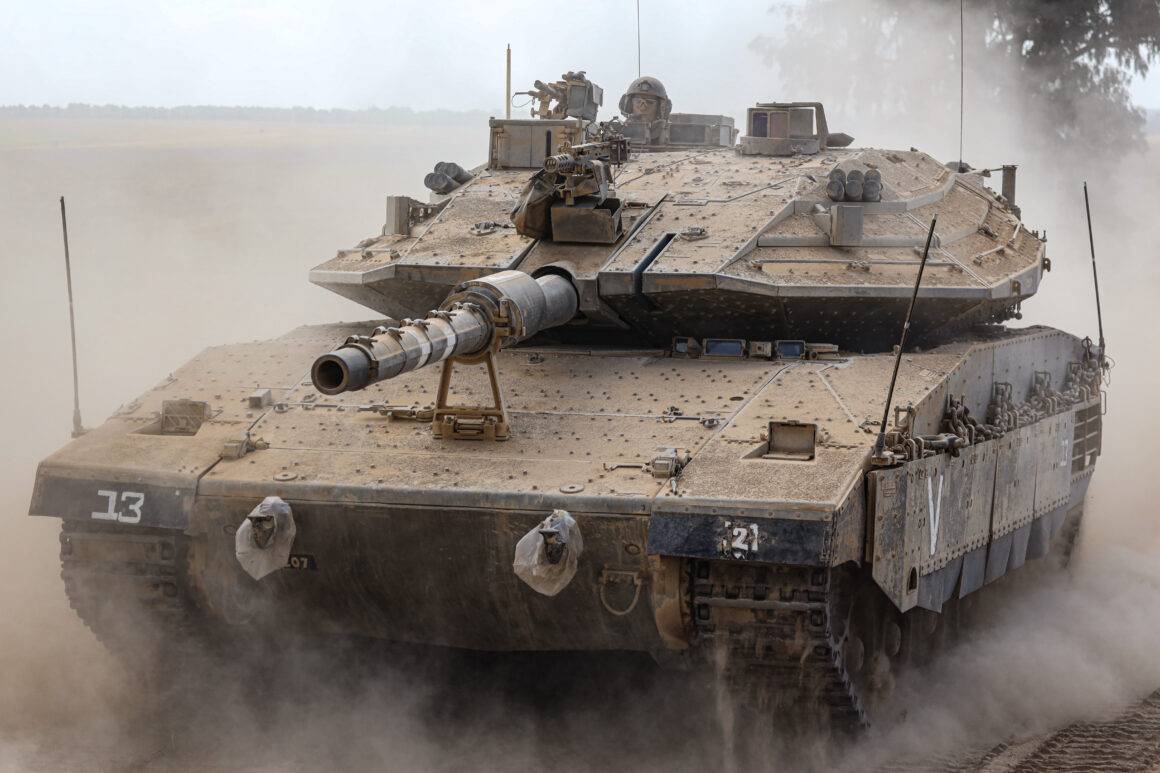

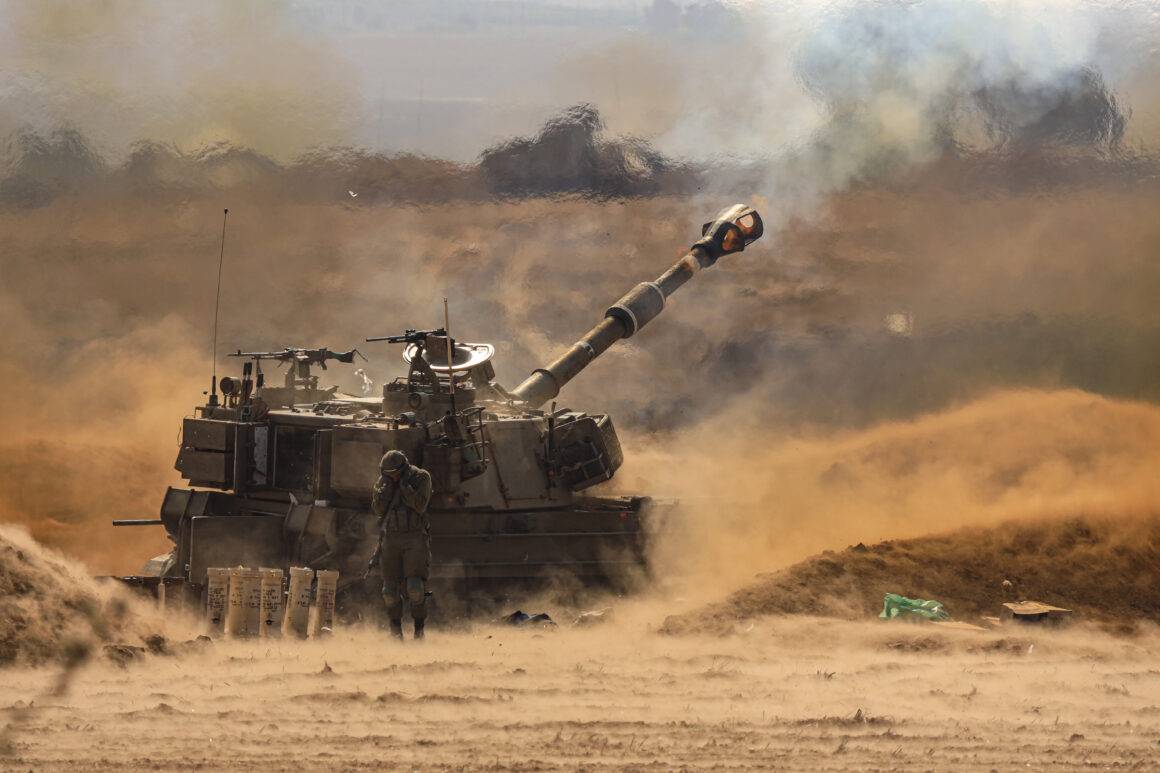
See Saeed Qaq’s photos with IMAGO here.


